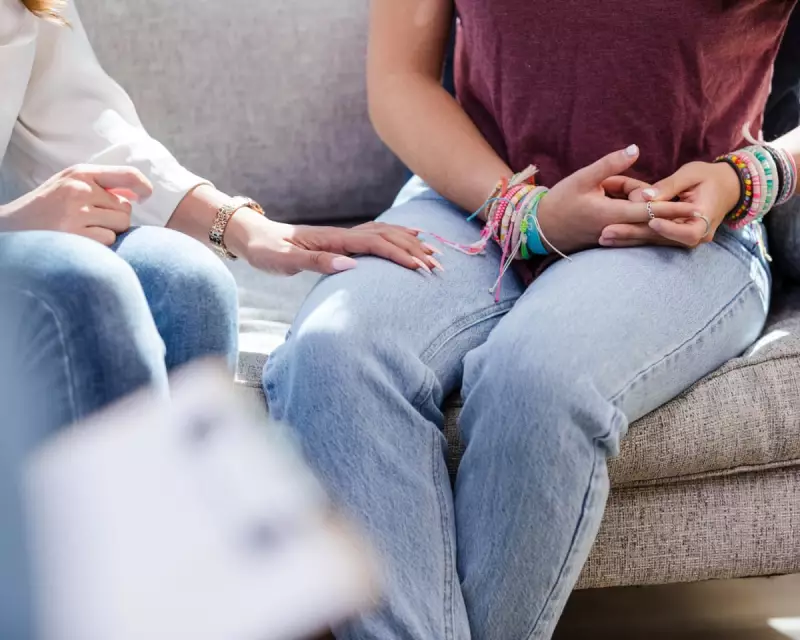
A significant shift in how vulnerable young people in the UK care system are treated by police is on the horizon. A government review has been launched with the aim of ensuring that children in care who lash out or damage property are not automatically arrested or charged.
From Punishment to Support
The central goal of the review is to restrict what is widely seen as the over-policing of looked-after children. Instead of facing criminalisation for challenging behaviour, these young people would be offered targeted support, such as trauma counselling. This move directly addresses the staggering statistic that children in care are ten times more likely to receive a caution or conviction than their peers not within the system.
Expected to report its findings in the spring, the review will build upon an existing protocol introduced in 2018. That protocol stated that police should not be used to manage low-level behaviour or for matters that a reasonable parent would not report to the authorities.
A Damaging Pattern of Criminalisation
Deputy Prime Minister David Lammy emphasised the human impact of the current system. Strengthening the protocol will mean these children are treated as children, rather than criminals, he stated. He added that providing proper help could change their life paths, prevent them from turning to crime, and offer a more positive future.
This sentiment was powerfully echoed by Rachel de Souza, the Children’s Commissioner for England. Her office frequently encounters cases where traumatised children, often taken into care after suffering exploitation or abuse, find themselves punished by the criminal justice system instead of being cared for.
My case workers tell me time and time again about instances of children’s homes calling the police because a child breaks something, de Souza revealed. She pointed out that in a typical family home, such incidents would be handled privately by parents, without any police involvement or formal reports.
Real-Life Consequences for Vulnerable Children
To illustrate the problem, de Souza cited the case of Jimmy, a boy with autism and significant emotional difficulties. Jimmy was living in an illegal children's home under constant supervision, unable to go outside or to school. One day Jimmy threw something that hit one of these staff members, de Souza explained. They were not seriously injured but the police were called. Jimmy was charged and then convicted. He, a disabled child, had to pay a fine.
Research published by the Children’s Commissioner confirms that children in care are more likely to commit offences like common assault, low-value criminal damage, or assaulting a police officer. They are, however, less likely to be involved in drug or knife offences.
The analysis suggests that the nature of the police response to incidents in care homes—a response that would not occur in a family setting—can itself escalate situations, sometimes leading to violence towards officers. The report concludes with a damning observation: many children are being brought into the criminal justice system by the very people tasked with protecting them from it.





